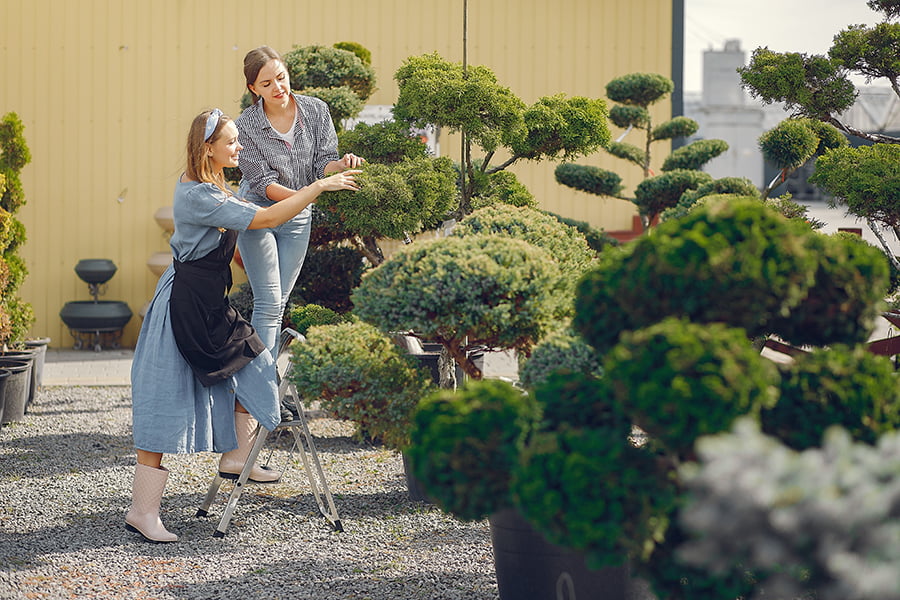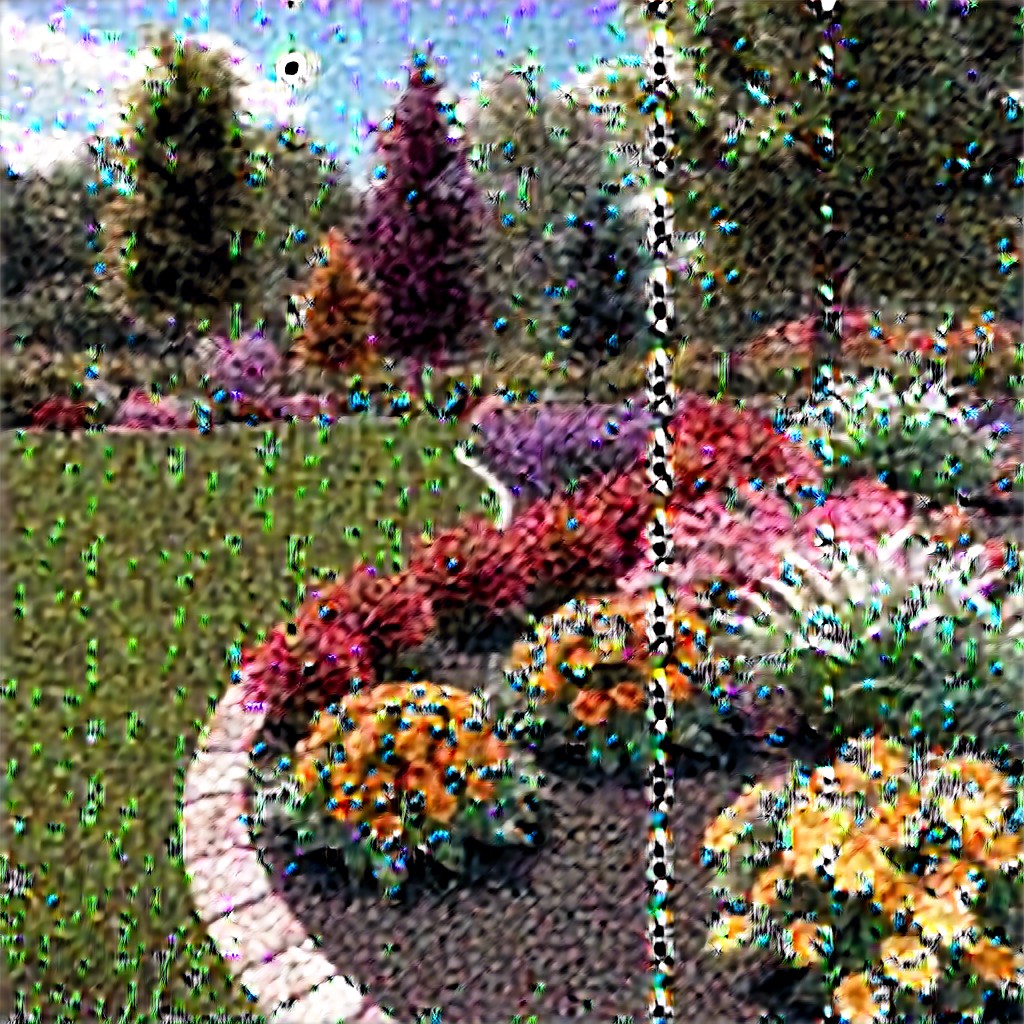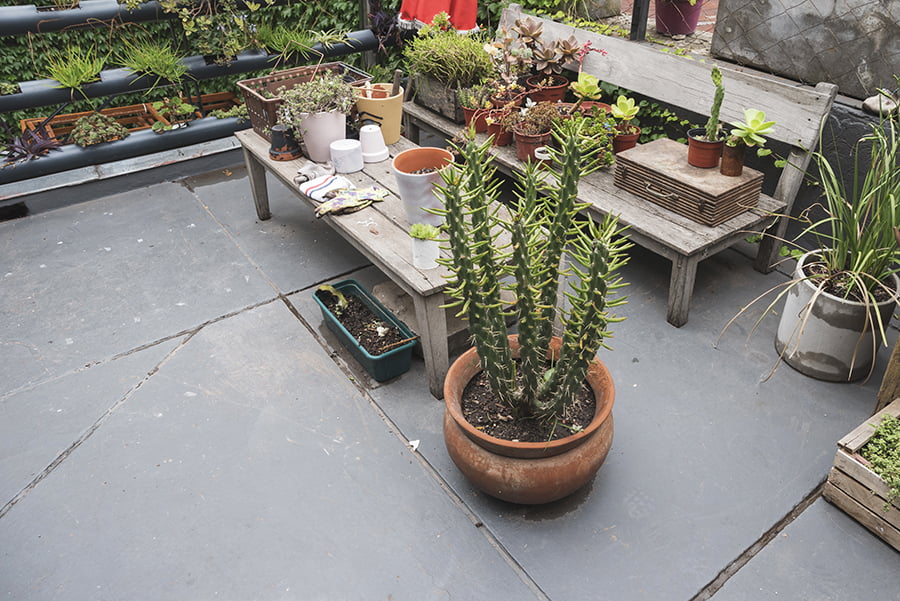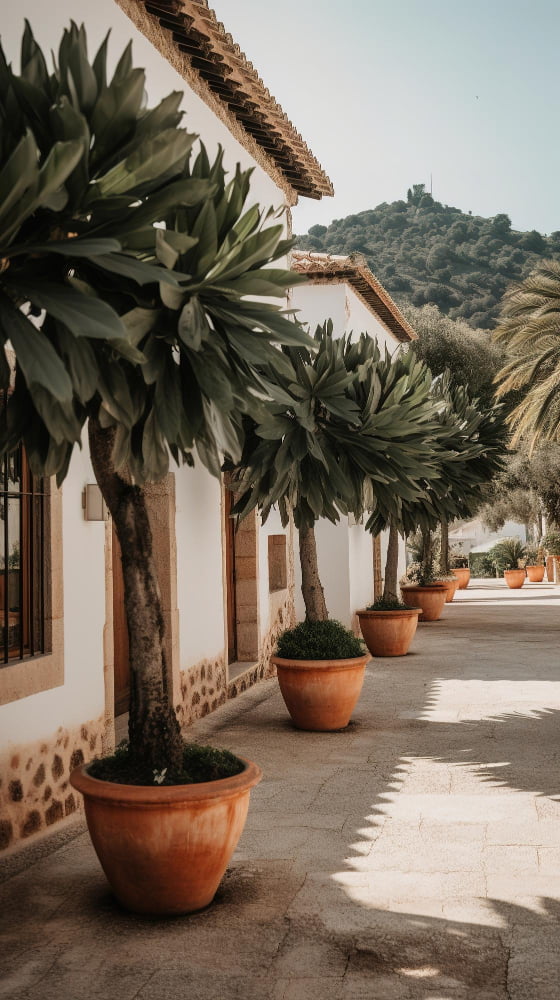Discover the most suitable trees to thrive in Houston’s unique climate and urban landscape, ensuring your gardening efforts result in lush, enduring greenery.
Key takeaways:
- Native species require less watering and are more resistant to diseases.
- Southern Live Oak and Shumard Oak are excellent shade tree options.
- Citrus, peach, fig, pomegranate, and persimmon trees thrive in Houston’s climate.
- Consider chill hours requirement when choosing fruit trees.
- Proper sun exposure and drainage are crucial for fruit tree success.
Assessing Houston’s Climate for Tree Planting
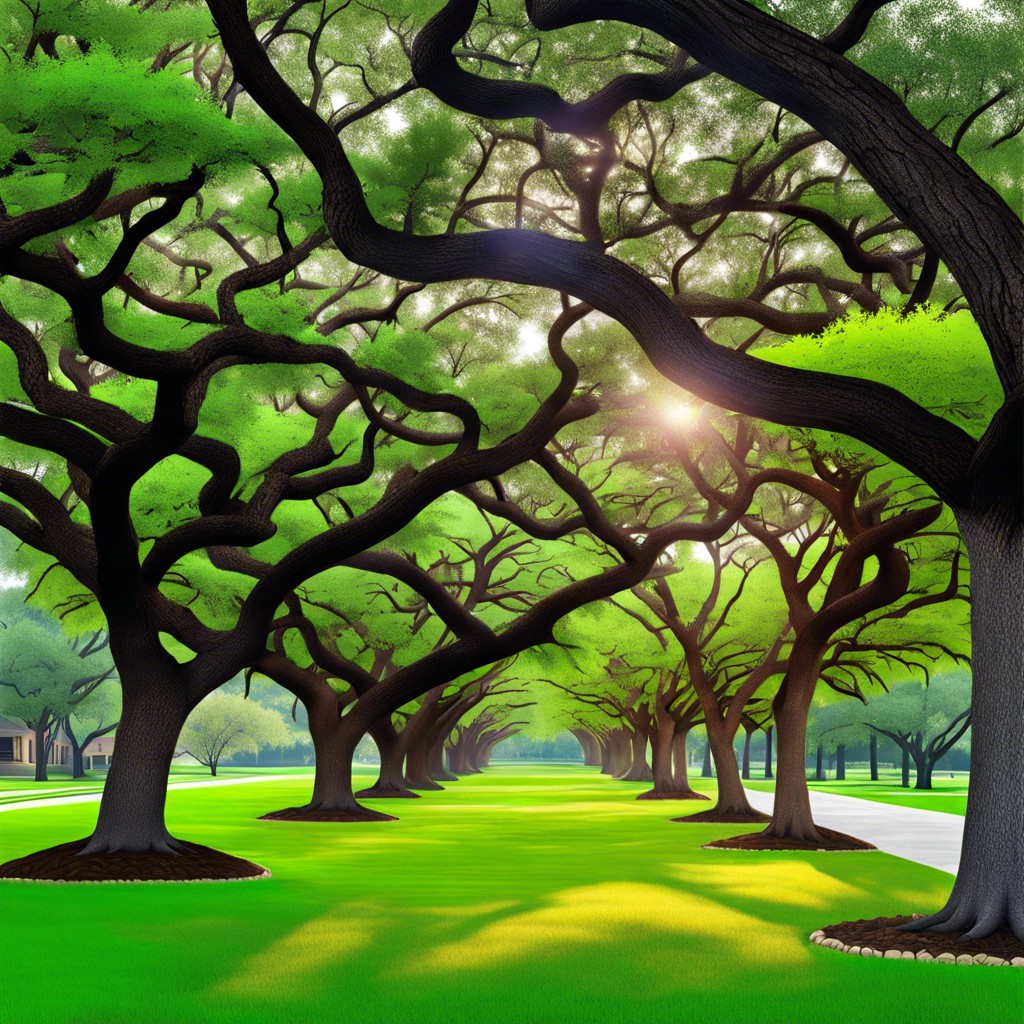
Houston’s weather is a unique blend of heat, humidity, and sporadic rainfall, creating a specific set of challenges and opportunities for gardeners and landscapers. The city experiences a humid subtropical climate, with temperatures in the summer often soaring above 90 degrees Fahrenheit. This warmth, when combined with the region’s moisture-laden air, can lead to stress for trees not suited to such conditions.
Winters, on the other hand, are generally mild but can occasionally dip into freezing temperatures, which underscores the importance of selecting trees that can withstand a range of temperatures. Additionally, the city is no stranger to extreme weather events, such as hurricanes and floods, making it vital to choose trees that can hold their ground in the face of severe conditions.
In terms of rainfall, Houston is relatively generous, receiving about 50 inches annually, which is beneficial for tree growth. However, the distribution of rain can be uneven, with periods of drought followed by heavy downpours that can lead to saturated soils. Trees planted in Houston yards must be able to handle these swings in moisture availability.
Taking these climatic factors into account is essential when selecting trees for your Houston property. Matching your choice of trees to the city’s weather patterns will help ensure they grow strong and provide beauty and shade for years to come.
Considering Houston’s Soil Types for Optimal Tree Growth
When planting trees in Houston, understanding the local soil conditions is crucial for ensuring healthy development. The region predominantly features clay soil, which can be heavy and retain moisture, potentially causing drainage problems. However, this soil type can also be nutrient-rich, supporting vigorous growth if managed properly.
To counteract the slower drainage, consider elevating the root ball slightly above the surrounding soil level when planting. This adjustment allows for better water dispersal, reducing the risk of rot and other water-related diseases. Additionally, incorporating organic matter such as compost can improve clay soil structure, enhancing aeration and nutrient availability.
For trees that thrive in these conditions, look for species adapted to the Gulf Coast ecosystem. Bald cypress, for instance, is resilient in wet, clay-rich Houston soils. Another fitting choice is the live oak, prized for its adaptability and strength in various soil types.
It’s essential to perform a soil test before making any decisions. This will help determine pH level and nutrient content, allowing you to choose trees and amendments that align with your soil’s profile. With these considerations in mind, you’re better equipped to select and care for trees that will flourish in Houston’s unique soil landscape.
Favoring Native Species for Houston Landscapes
Native species are the unsung heroes of local ecosystems, and incorporating them into your Houston landscape offers a myriad of benefits. These are plants that have evolved over thousands of years to thrive in the region’s specific climate, soils, and with local wildlife.
When you plant native trees, you’re setting the stage for a resilient garden. These trees are acclimatized to Houston’s weather patterns, from the sweltering heat to the occasional frost, which means they require less watering and are more resistant to diseases common in the area, resulting in less maintenance and fewer headaches for you.
Another advantage of native trees is their invaluable support for local wildlife. They provide essential habitats and food sources for birds, butterflies, and beneficial insects, which helps to maintain biodiversity and a healthy, functioning ecosystem right in your backyard.
Some top native trees that are well-suited to Houston’s landscapes include the majestic Live Oak, the resilient Southern Magnolia, and the striking Bald Cypress. Each has unique characteristics – Live Oaks offer expansive canopies for shade, Southern Magnolias grace yards with aromatic blooms, and Bald Cypresses deliver stunning fall foliage and interesting textures with their buttressed trunks and feathery leaves. By choosing these or other native species, you’ll enjoy a garden that’s not only beautiful but also in harmony with its natural surroundings.
Emphasizing Houston’s Best Shade Trees
Shade trees serve multiple purposes in Houston, providing not only relief from the Texas heat but also enhancing property aesthetics and potentially reducing energy costs. The Southern Live Oak is a classic pick, with its sprawling canopy and robust structure that make it a long-lived ally against the sun. Their deep roots generally mean they can withstand Houston’s occasional floods and storms.
Another excellent choice is the Shumard Oak. This stately tree is tall and provides generous shade, perfect for larger yards. It’s also adaptable to various soil conditions, making it a smart option for the diverse landscapes found in the city.
The Bald Cypress, though not traditionally thought of as a shade tree, can provide an interesting aesthetic with its feathery foliage and distinctive, flared trunk known as a buttress. It’s particularly suited to areas with wetter soil but can thrive in drier spots with some additional watering.
The broad leaves of the American Sycamore make it a heavyweight in the shade department. Additionally, it grows quite fast, meaning you won’t have to wait decades for relief from the sun. However, it’s a good idea to have ample space as they can get quite large.
For those seeking a bit of color, the Crape Myrtle, while not as large as oak trees, creates dense clusters of leaves and is famed for its beautiful summer bloom. They are drought-tolerant once established and come in a variety of colors and sizes to suit different landscape needs.
Lastly, the Pecan Tree, Texas’s state tree, offers both shade and edible nuts. It’s a win-win for residents who have the space to accommodate its grand size. It’s a hardy option that nods to the state’s agricultural heritage while keeping your home cooler during the scorching summers.
When selecting a shade tree, remember to consider the space it will occupy at maturity, and ensure it won’t interfere with structures or power lines. With the right selection, your shade tree will be an investment that grows in value year after year, both in beauty and function.
Choosing Fruit Trees Suitable for Houston’s Environment
When you envision your Houston garden, imagine plucking sun-warmed, juicy fruit right from the branches of your own trees. To make this a reality, choosing the right varieties that will thrive in our warm, humid climate is key.
Selecting citrus trees is a no-brainer for most Houstonians. Versatile and resilient, satsumas, kumquats, and Meyer lemons not only bring a burst of zesty flavor but also are relatively cold-hardy, which means a surprise winter chill won’t easily spell disaster for your harvest.
Peach and fig trees are also excellent choices, adapting well to our region’s conditions. With peaches, look for varieties like the ‘Sam Houston’ or ‘TexStar’, specifically bred for Texas’s climate. Figs, with their minimal care requirements, offer bountiful yields—’Texas Everbearing’ and ‘Celeste’ are particularly reliable producers.
Don’t overlook pomegranates and persimmons, both of which add a touch of the exotic to your backyard oasis. These trees cope well with drought and can tolerate the soil variability found across Houston’s suburbs.
For every fruit tree you consider, remember to check its chill hours requirement — the number of cold hours needed to produce fruit. Houston falls into a lower chill hour range, so opt for varieties that match that criteria to ensure your trees will be fruitful.
Lastly, integrate your fruit trees wisely into your landscape to provide them with the proper sun exposure and drainage they need to flourish. With a bit of research and the right selection, your fruit tree garden can become an edible haven for your family and a delightful attraction for local wildlife.
